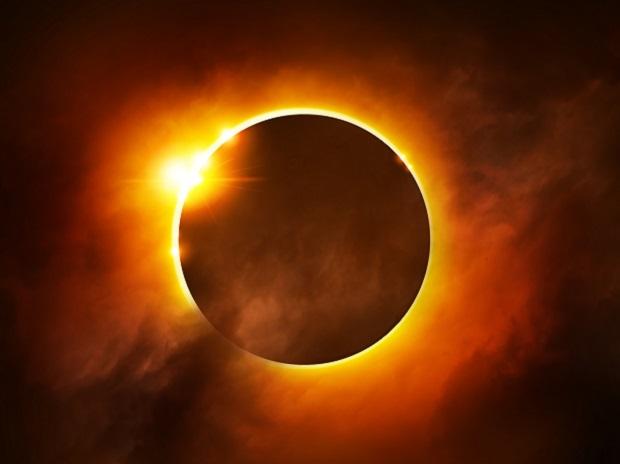Annular Solar Eclipse 2020: How, when and where to watch the phenomenon

The first solar eclipse or Surya Grahan of 2020 will fall on June 21. This will be an annular solar eclipse where moon will cover the sun from the centre leaving the outer rim visible, thus creating a ring of fire. The annular solar eclipse of June 2020 will start at 9:15 am on June 21 according to Indian Standard Timing (IST). The full eclipse will start from 10:17 am with the maximum eclipse occurring at 12:10 pm. Aryabhatta Research Institute of Observational Sciences (ARIES), Nainital, an autonomous institute of the Department of Science & Technology (DST) will live telecast the eclipse. “Astronomical events such as eclipse are exceptional opportunities to excite and instruct the youth and indeed the society at large about science and to instill scientific temper,” said Professor Ashutosh Sharma, Secretary, DST. Read More

